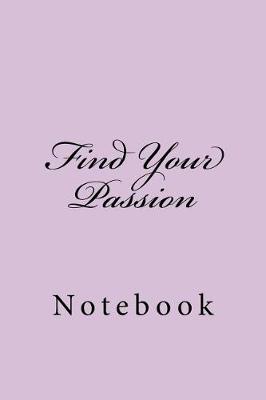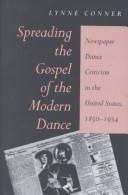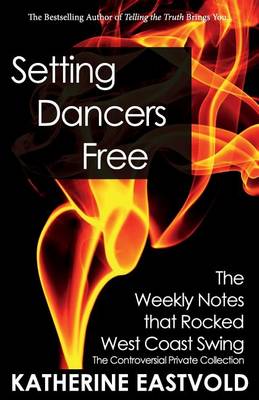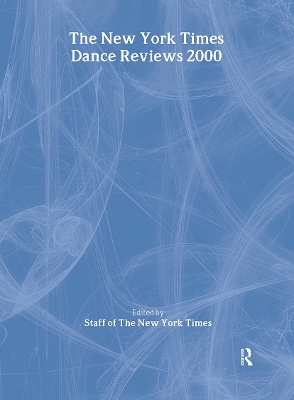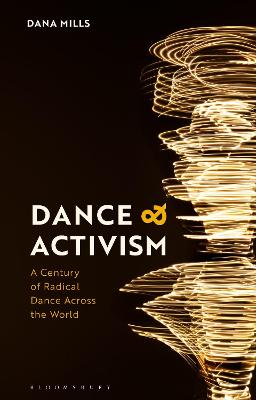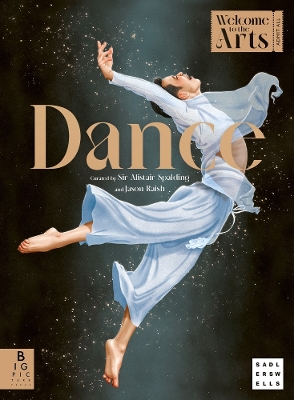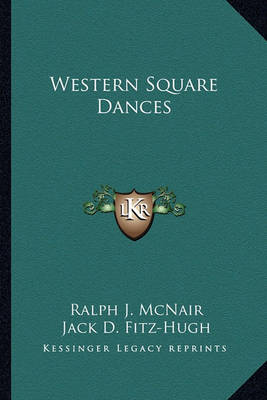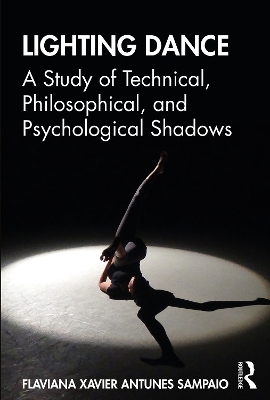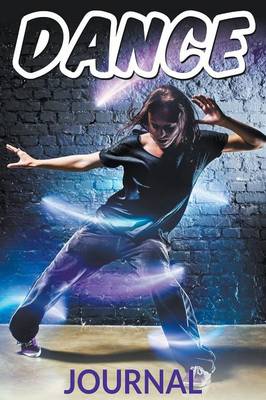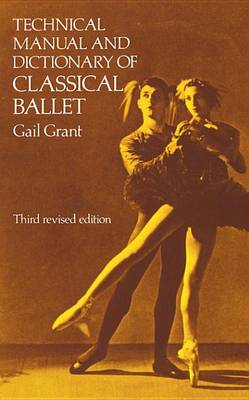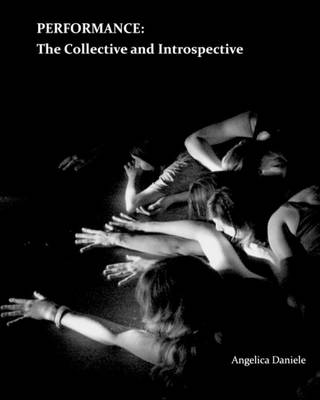Devised by choreographer Liz Lerman in 1990, Critical Response Process® (CRP) is an internationally recognized method for giving and getting feedback on creative works in progress. In this first in-depth study of CRP, Lerman and her long-term collaborator John Borstel describe in detail the four-step process, its origins and principles. The book also includes essays on CRP from a wide range of contributors. With insight, ingenuity, and the occasional challenge, these practitioners shed light on...
In the fall of 1927, newspaper dance writing in the United States evolved from a haphazard and largely throw-away subspecies of music criticism (covered by music and drama critics and sometimes sports and society columnists) into a specialized field of arts reporting and commentary. Lynne Conner investigates the watershed moment when New York City's three leading daily newspapers -- the New York World, the New York Herald Tribune, and the New York Times -- all hired full-time dance writers. Her...
Index to Dance Periodicals
First published in 2001. Routledge is an imprint of Taylor & Francis, an informa company.
This study focuses on dance as an activist practice in and of itself, across geographical locations and over the course of a century, from 1920 to 2020. Through doing so, it considers how dance has been an empowering agent for political action throughout civilisation. Dance and Activism offers a glimpse of different strategies of mobilizing the human body for good and justice for all, and captures the increasing political activism epitomized by bodies moving on the streets in some of the most...
Siamese Fighting Fish (Journal / Notebook)
by Wild Pages Press Journals & Notebooks
Brilliantly curated and beautifully illustrated, the Welcome to the Arts series offers all-hours admission to some of the world's most wondrous performances.From Swan Lake to Riverdance, flamenco to tap, Dance features some of the most iconic performances and popular dances from around the world. Learn about the history, culture, evolution and technique of each dance, while also discovering the stars of past and present, including Fred Astaire, Carlos Acosta, Martha Graham and much more. Exclusi...
This book offers insights and guidelines for teaching the best students. Staying true to the Russian Academy of Ballet (St. Petersburg) pedagogy that he has taught for forty years, ""Advanced Principles in Teaching Classical Ballet"" is a continuation of the work John White began in his first book. Designed for teachers, company directors, and advanced dancers, the book explores the importance of disciplined dancing, choreography, acting, conditioning, and performance. White's writing style is a...
Lighting Dance pioneers the discussion of the ability of lighting design to foreground shadow in dance performances. Through a series of experiments integrating light, shadow, and improvised dance movement, it highlights and analyses what it advances as an innovative expression of shadow in dance as an alternative to more conventional approaches to lighting design. Different art forms, such as painting, film, and dance pieces from Loie Fuller, the Russell Maliphant Dance Company, Elevenplay, Pi...
From adagio to voyage, over 800 steps, movements, poses, and concepts are fully defined. A pronunciation guide to cross-references to alternate names for similar steps and positions that vary from the Russian to the French or Italian schools are also invaluable aids.

